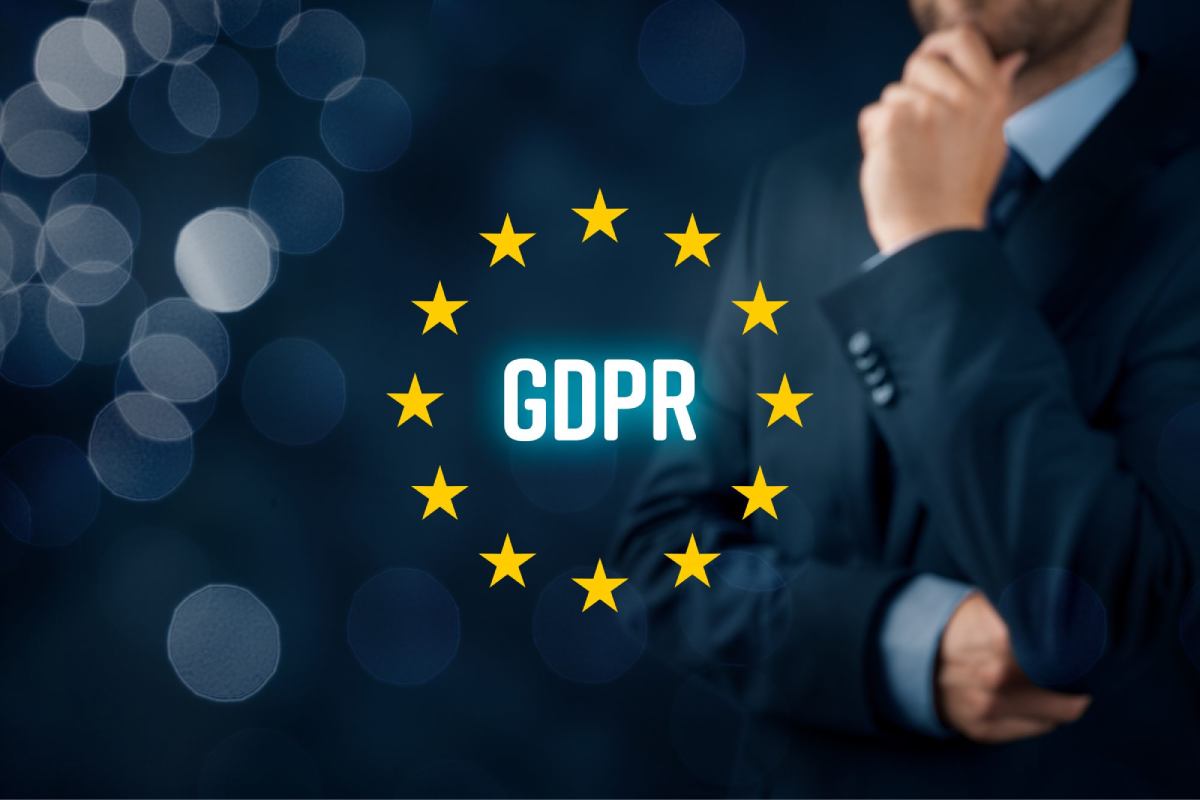

In an era dominated by technological advancements, the collision of artificial intelligence (AI) and data privacy regulations like the General Data Protection Regulation (GDPR) has significantly transformed the landscape of how organizations manage, process, and protect sensitive information. The GDPR, established in 2018 by the European Union (EU), aims to safeguard individuals’ data privacy rights and has had a profound impact on the development and deployment of AI systems worldwide.
Table of Contents
The GDPR’s principles fundamentally prioritize the protection of personal data, necessitating transparent data collection, purpose limitation, data minimization, and ensuring the confidentiality and integrity of data processing. These principles directly intersect with the use and development of AI technologies that heavily rely on vast amounts of data.
The integration of AI and GDPR compliance isn’t without its hurdles. Balancing the innovative potential of AI with the stringent requirements of the GDPR presents challenges for organizations. However, there are strategies to navigate this intersection successfully.
Ensuring AI systems align with ethical guidelines is pivotal. Organizations must prioritize building responsible AI that respects privacy, fairness, and transparency. Ethical considerations must be at the core of AI design and deployment strategies.
Robust cybersecurity measures become imperative when handling sensitive personal data. Employing state-of-the-art encryption techniques and adopting stringent security protocols helps fortify systems against potential breaches.
Compliance with the GDPR is not a one-time task; it requires ongoing monitoring and adaptation. Organizations should regularly assess their AI systems, ensuring they comply with the evolving GDPR.
As AI continues to evolve, the intersection with GDPR compliance will likely become more intricate. Embracing this evolution entails creating a synergy between technological advancements and regulatory compliance.
Industry collaboration and the establishment of standardized practices for AI development can streamline compliance efforts. Shared guidelines and frameworks can assist organizations in navigating the complex regulatory landscape.
Enhancing AI governance frameworks that prioritize explainability and transparency will be crucial. This facilitates users’ understanding of how AI systems operate and ensures compliance with GDPR’s requirements for transparency.
Regulators are continually adapting to the rapidly changing technological landscape. Amendments and guidance from regulatory bodies will play a pivotal role in aligning AI advancements with GDPR compliance.
The amalgamation of AI and GDPR compliance marks a critical turning point in data governance and privacy. Organizations embracing this convergence stand to benefit from fostering trust, innovation, and responsible AI deployment. Achieving harmony between AI development and GDPR compliance requires a concerted effort to balance innovation with ethical and regulatory considerations, ultimately fostering a data-driven environment that respects individuals’ rights and privacy.
As the synergy between AI compliance and GDPR evolves, organizations must remain agile, proactive, and ethical in their pursuit of harnessing the transformative potential of AI while respecting data privacy regulations.
My name is Manpreet and I am the Content Manager at Scrut Automation, one of the leading risk observability and compliance automation SaaS platforms. I make a living creating content regarding cybersecurity and information security.
Manpreet can be reached online at manpreet@scrut.io and at our company website https://www.scrut.io/
The security world is perpetually engaged in conflict. Cybercriminals find new ways to circumvent defenses,… Read More
In order to measure the effectiveness of your cybersecurity efforts, one of the key metrics… Read More
Welcome to the complex industry of tech startups! You’ve got a revolutionary idea, a small… Read More
E-libraries have become a remarkable tool for teachers in today's educational landscape. Offering vast collections… Read More
In case you have been fired from your job and you believe that it was… Read More
In an era dominated by technology, where emails, instant messaging, and social media have become… Read More